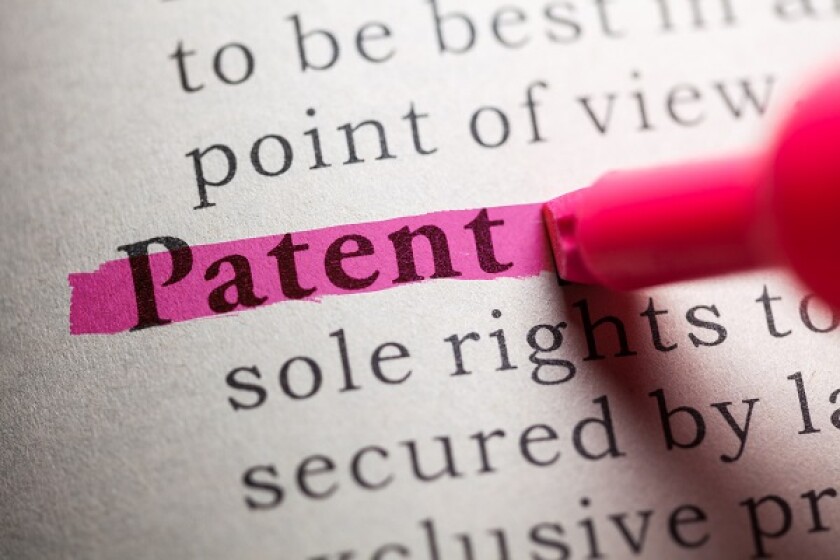The Standing Committee of the National People’s Congress of China published on July 3 2020 the second draft of the Patent Law amendment (the Second Draft) for public comments. A comparative study with the First Draft published on January 4 2019 reveals a few intriguing findings. Realigning its provisions with the Phase One US-China Economic and Trade Agreement, the Second Draft amends clauses concerning patent term extension and introduces for the first time the patent linkage system both in the context of regulatory review of a new drug and patent infringement disputes.
Legislative background
The patent linkage regime was first introduced by the US Drug Price Competition and Patent Term Restoration Act and is designed to balance the interests of original drug and generic drug manufacturers. The act established, inter alia, a mechanism, the patent challenge procedure, to expedite the pre-marketing resolution of patent disputes over a generic drug, so that the outcome of regulatory review and approval of such a drug is premised on the determination of patent infringement.
China has been actively exploring the viability of embedding the patent linkage system into its own patent legal framework. Legislators had tentatively introduced patent linkage in some official documents and administrative regulations. The idea was first floated by the State Food and Drug Administration (later known as the National Medical Products Administration due to institutional restructuring) in its Policies on Encouraging Drug and Medical Device Innovation and Protecting Innovator Interests (Draft for Public Comment) in May 2017. The State Food and Drug Administration (SFDA) proposed in the document the framework for a drug patent linkage system, including a period awaiting regulatory review and approval, experimental data protection and cataloguing of marketed drugs. The agency took it further in the October 2017 version of the Measures for the Administration of Drug Registration (Revised Draft) by providing that applicants for generic drugs are obliged to notify the patentees of their applications and data protection can be granted to a generic applicant who successfully challenges the validity of the originator’s patent. A later version of the measures, which was published on September 2019, surprisingly deleted all the contents related to patent linkage, merely offering a brief explanation in the introduction to revision, which reads as follows:
“With pharmaceutical patent holders and generic drug manufacturers being two key stakeholders of the industry, the patent linkage system carries weight in the context of drug accessibility and public health, which necessitates the embodiment of its principles in laws and regulations of higher legal hierarchy.”
This statement fuelled speculation that the patent linkage system would be addressed in the Drug Supervision and Administration Law.
The discussion on patent linkage was reignited during the US-China trade negotiation and materialised in the Phase One Economic and Trade Agreement. As part of its efforts to fulfil its commitment, China’s Supreme People’s Court included in its Legislative Plan for Judicial Interpretations in 2020 (released on March 19 2020), the Provisions on Several Issues Concerning the Application of Laws in the Trial of Disputes over Drug Patent Linkage (New Project), which is slated to be completed by the end of 2020. The China National Intellectual Property Administration (CNIPA) followed suit and vowed to “establish an early settlement mechanism for drug patent disputes by the end of October 2020” in its Promotion Plan (2020-2021) for Implementing the Opinions on Strengthening Intellectual Property Protection released on April 20 2020.
Article 75 of the Patent Law amendment
The introduction of the patent linkage regime in the Second Draft of the Patent Law amendment, a major piece of IP legislation, is anything but inconspicuous.
The Second Draft makes Article 69 of the current Patent Law into Article 75 and adds three new paragraphs Articles 75.2, 75.3 and 75.4.
Article 75.2 allows patentees or interested parties to block the marketing of a new drug whose technical solutions fall within the scope of protection of the patent published by the patent registration platform for marketed drugs. Viable options include patent litigation before the court or a petition for a CNIPA administrative ruling lodged or filed within 30 days after the National Medical Products Administration (NMPA) announces the submission of a marketing authorisation application filed by the drug manufacturer. A marketing authorisation applicant may ask the court or CNIPA to declare that the aforesaid technical solutions do not fall within the scope of patent protection, if a suit or petition fails to be filed within the prescribed timeframe.
In the case of a court proceeding or CNIPA petition, the granting of marketing authorisation is no longer left entirely to the discretion of the NMPA. According to Article 75.3, with respect to the marketing authorisation application of a chemical drug that has passed technical review, the NMPA is to follow the outcome of the court proceeding or CNIPA petition, provided that an effective court decision or ruling is rendered within nine months from the acceptance date of the patentee or interested party’s request. The administrative ruling can be appealed before the court within 15 days from the date of receipt.
Article 75.4 requires the NMPA to work together with the CNIPA in formulating and implementing (only if sanctioned by the State Council) specific measures for the regulatory review and approval of drugs and the resolution of patent disputes arising during the process of seeking market approval.
Comments
The inclusion of a patent linkage system in the Second Draft is no doubt most welcome to the pharmaceutical industry. Nevertheless, the patent linkage system is an intricate legal vehicle whose efficacy hinges on inter-departmental coordination. It is regrettable that the Second Draft is silent on whether the NMPA has discretion to grant the marketing authorisation application where an effective court decision or administrative ruling is not rendered within nine months, a more likely scenario in practice. Will the NMPA proceed to approve the marketing authorisation application in the absence of an effective decision within the nine-month timeframe? If the answer is yes, the legislative objective of resolving disputes at the pre-marketing stage would fall through. If the NMPA stays its regulatory review and approval process, the nine-month timeframe would be nothing but an ornament. It remains to be seen how legislators will address in future legislative endeavours certain concrete issues, inter alia, the type and censoring of patents published on the patent registration platform for marketed drugs, the necessity of putting drug manufacturers seeking marketing authorisation under the obligation of notification and offering market exclusivity to the first generic drug.












